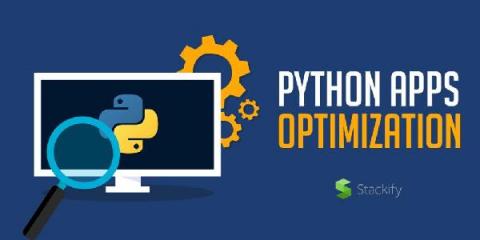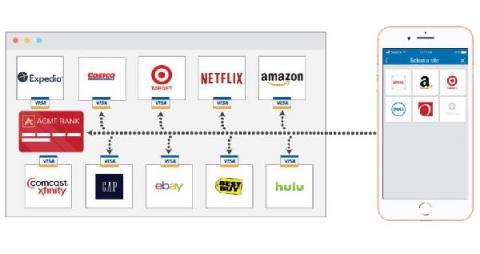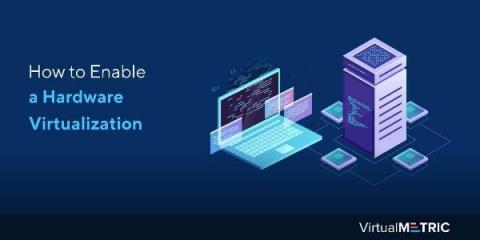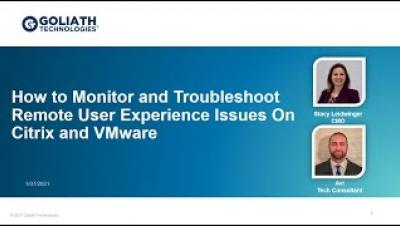Sancho Lerena: "I think 2021 is going to be a historic year"
This year, no sector has been spared from the business changes caused by the Covid-19 pandemic, which have almost always been painful ones: millions of dollars in losses for theaters, which still do not know where or when they will premiere their films, a dying tourism sector, the world of hospitality ruined, parents who fear taking their children to school, bankrupted real estate companies… and a lot of glances towards heaven waiting for an answer, from the Most High above or from the extraterre











